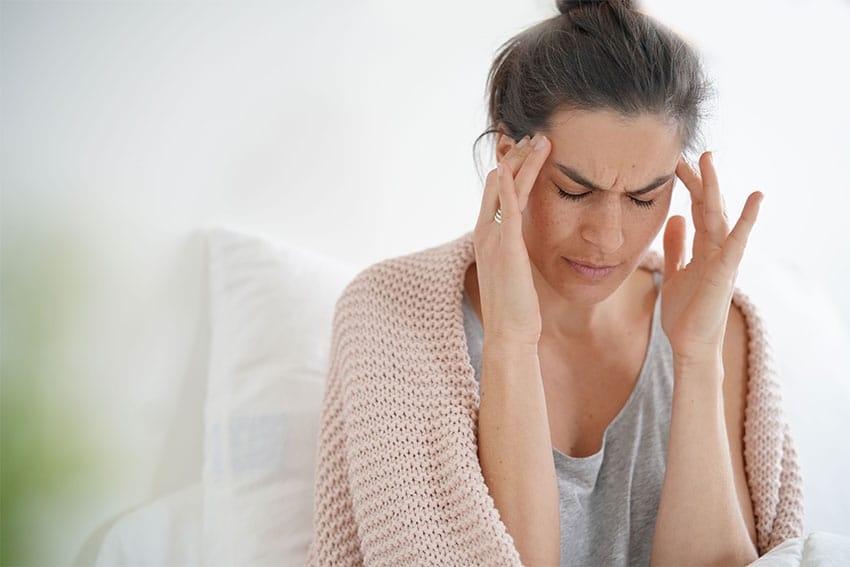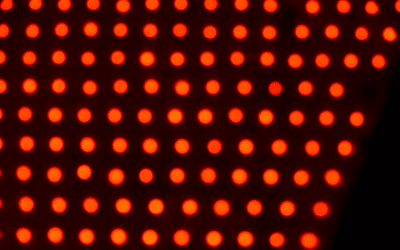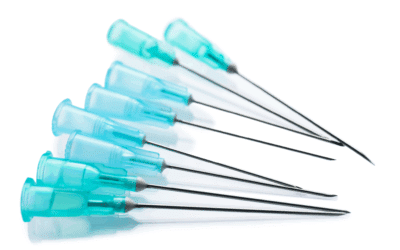
In his 4th podcast, Dr. Taves addresses the issue of migraine triggers. There is often a correlation between triggers and migraines, and Dr. Taves elaborates on how patients should navigate this problem. He also shares tips on how to avoid triggers.
Mapping out what triggers your migraines involves
assessing what your body is sensitive to and how it
reacts to certain foods, atmospheres, and environments.
There are nine different triggers that Dr. Taves most
commonly sees in the clinic. Although this list is
certainly not exclusive these are the most typical
triggers.
1). Food
– Common food triggers are: MSG preservatives,
citrus, aged cheese, red wine, yogurt, alcohol,
and caffeine.
– Legumes and dairy and other inflammatory foods
will often exacerbate a migraine by reducing the
body’s threshold for pain.
– Trying out elimination diets is a good start to begin
to discover which foods may be triggering your
migraines. It is a good idea to connect with a
dietitian in your area to help you through this
process.
2). Hormones
– Women often experience more migraines due to
hormones than men, due to the fluctuation of their
estrogen every month. When a woman is on her
menstrual cycle her pain threshold fluctuates and
this can trigger a migraine.
3). Barometric pressure changes
– Pressure changes can trigger migraines because
fluid in the joint capsule of our necks responds
sensitively to the changing pressure outside.
Because the neck joint is affected negatively, a
migraine may begin.
4-5). Lights/sounds
– Everyday lights and sounds can trigger migraines.
Blue light is especially harmful, so Dr. Taves
recommends you turn your phone on night mode.
Be aware of how your body reacts to the lights and
sounds around you and then do your best to
minimize them.
6). Smells
– Common smell triggers are smoke, car exhaust,
paint, and pesticides. Essential oils can help
counteract harmful smells because they are
anti-nausea. Try using peppermint, lavender, rosewater,
chamomile, or eucalyptus oils.
7). Physical activity
– Because you have a 12-pound head on your neck, the
movement and repetition of exercise can often jerk the
neck out of place and trigger a migraine. For example,
the monotonous up and down movement of running
increases stress on the neck, and weight lifting can
damage the shoulder and thus put unnecessary stress
on the neck. However, exercise is extremely important
to the health of the body and can help prevent migraines.
Make an effort to exercise but be cautious that your
body posture is right.
8). Posture
– Awkward postures that strain your neck can trigger
migraines. For example, lying on the couch in a funny
position or propped up in bed reading a book are two
likely positions that would strain your neck, shifting it
from its neutral position. Take care that if you work
from home your desk is at the proper eye level.
9). Jaw
– If your jaw is popping, clicking, or causing you pain then
this may lead to migraines. While dentists can offer
mouth guards to fix clenched or grinding teeth, physical
therapists can loosen the muscles in the jaw to allow
for freer movement.
Dr. Taves closes with an important takeaway. Your trigger
is not actually generating pain, but it’s lowering your pain
threshold. The pain generator is your neck. The movement
of the neck is at the root of the problem and needs to be
evaluated in order to heal.
If you believe any of these triggers are causing your migraines
or if you think there might be another reason why, come in to
see Dr. Taves. He can assess your condition and start you on
a path toward healing.
Click here to listen to this episode of The Headache Doctor
Podcast.




